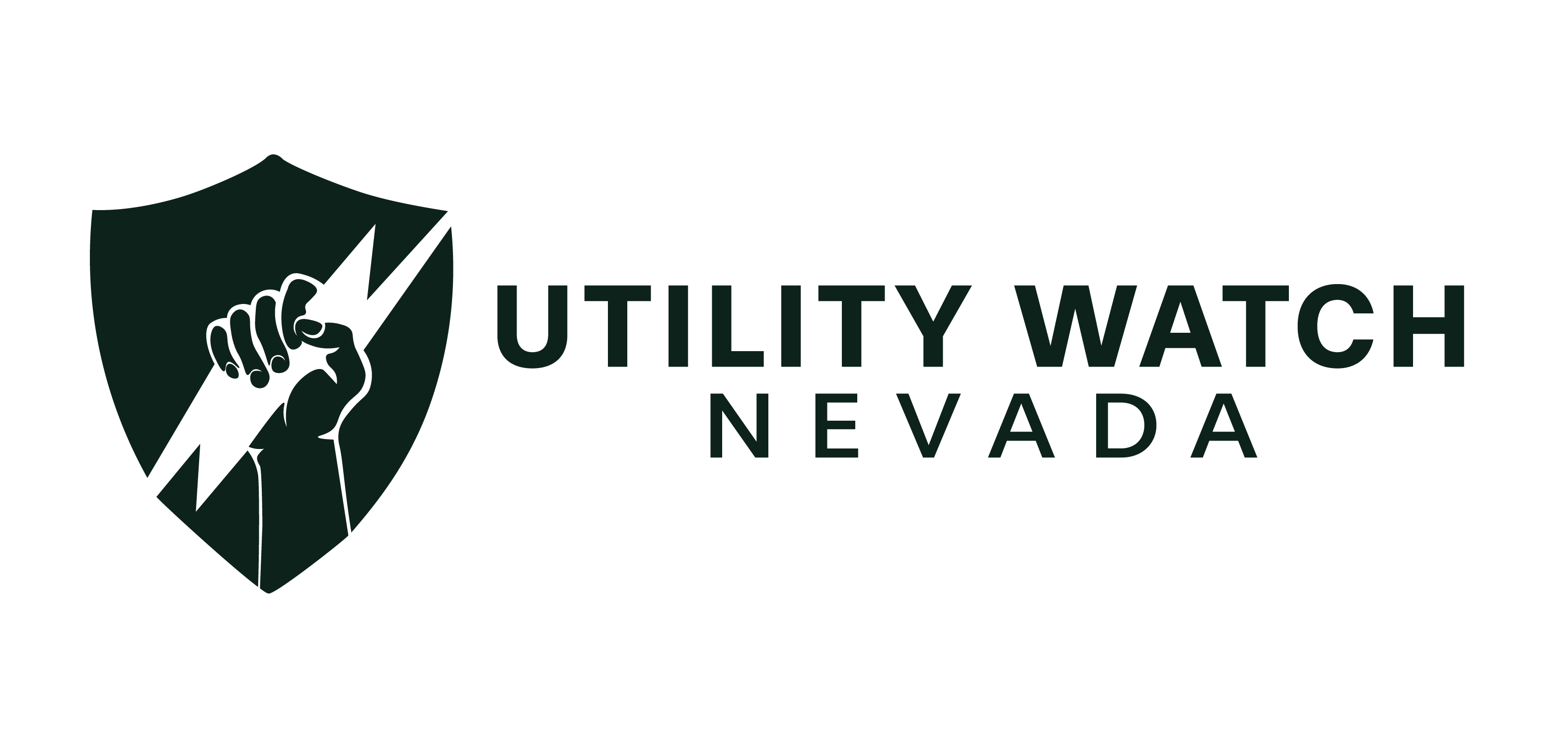This op-ed was originally published in the Nevada Independent.
Kristee Watson is executive director of the Nevada Conservation League and a former Democratic state legislative candidate.
Nevada stands on the cusp of a historic opportunity. We can continue to invest in and accelerate clean energy projects statewide thanks to the U.S. Clean Energy Plan, made possible by the Bipartisan Infrastructure Law and the Inflation Reduction Act. But, this progress has been put at risk due to a lack of transparency and planning from NV Energy, the state’s largest — and only investor-owned — electric utility. Rising electric bills show that Nevadans are paying the price and, frankly, we deserve better.
The transition to clean energy is needed now more than ever. A year of high methane gas prices pummeled Nevada’s businesses y residential customers alike. Yet another record-breaking summer increased the strain on ratepayers and the electric grid itself. Clean energy offers an escape from these violent price swings and, thanks to the U.S. Clean Energy Plan, it’s a smart investment in our future that also reduces harmful air pollution. It’s not surprising that people ranging from Fortune 500 CEOs to the family next door have said they want more clean power.
Stepping into the role of executive director at the Nevada Conservation League this October, I bring a fresh perspective fueled by over 30 years of diverse experiences in Nevada. My background in finance, small business and navigating federal grants, coupled with my deep commitment to environmental stewardship, shapes my vision for Nevada’s future. As someone who cherishes Nevada’s natural beauty and outdoor recreational opportunities, I am keenly aware of the urgent need for innovative climate action.
My goal is to foster solutions that not only protect our environment but also bolster our economy, provide high-quality jobs and support the well-being of every Nevadan. Understanding these challenges is crucial, especially as we examine the actions of key players including NV Energy in our state’s energy landscape.
NV Energy has consistently said it shares these environmental and economic goals, frequently proclaiming a commitment to reach 100 percent clean energy, but its actions tell a different story. Since 2018, the utility has added nearly 800 MW of new and expanded gas power generation, and more than 60 percent of our energy comes from gas. Now, it has proposed adding even more, making Nevada more exposed and dependent on one fuel source imported entirely from out of state. When gas prices soar, it’s the consumers who pay for it — NV Energy’s profits don’t go down a single cent.
To understand this disconnect between statement and practice, look no further than how the utility approaches planning for the future and how it gets paid. The utility’s Integrated Resource Plan (IRP), updated every three years, is supposed to be a long-term analysis of our energy needs with a detailed three-year investment plan to provide affordable, reliable and clean power. External experts and public stakeholders weigh in, ensuring that the final plan approved by the Public Utilities Commission of Nevada meets various policy goals while also keeping costs low.
But NV Energy makes money by building and owning power plants and other pieces of the electric grid. Its recent behavior places a high priority on their profits — undermining the planning process to push through more of these expensive projects.
The utility’s last IRP in 2021 has seen five major amendments submitted in just over two years. The amendments include billions in new “emergency” needs, with the recently approved fourth amendment adding $300 million in new gas power generation that will only run for 30 days a year. The fifth amendment aims to replace the coal-fired units at North Valmy Generating Station with a gas plant at a cost of at least $83 million.
This is not normal. Amendments don’t have the same amount of analysis or review as the IRP itself, and were envisioned to be used sparingly to deal with unforeseen circumstances. NV Energy has overused this process, manufacturing crises to push the approval of more projects, undermining regulators and disregarding the welfare of customers.
The next IRP is due in 2024, and it’s critical for our state to adopt a comprehensive and inclusive planning process that is aligned with our state’s clean energy and climate goals. The Nevada Legislature and Gov. Joe Lombardo have already moved to fix NV Energy’s abuse of amendments by passing Assembly Bill 524, ensuring more transparency from the utility. It’s imperative that NV Energy aligns its next IRP with the Renewable Portfolio Standard and broader climate objectives, and that means no more spending on gas power plants. Smart investments in clean energy will not only help us meet these targets, but will also lower and stabilize energy rates in the long term.
We cannot afford to miss this moment for clean energy because of poor planning and self-interest on the part of our electric utility. Better planning and more transparency will result in better decisions that benefit Nevada families and businesses. As a regulated monopoly, it’s time for NV Energy to step up and deliver on its promises of stable, affordable, clean power for all Nevadans. Regulators, legislators, and the public must hold them accountable for these commitments — our future depends on it.
As we approach the end of a challenging year, it’s time to look ahead with optimism and determination. In my new role, I am committed to championing a vision for 2024 and beyond where Nevada leads in clean, sustainable energy development. This vision includes creating a more inclusive and transparent energy sector that serves the needs of all our communities. By harnessing our collective strengths and embracing innovative strategies, we can ensure a thriving, resilient Nevada that sets a benchmark in environmental and economic sustainability.





